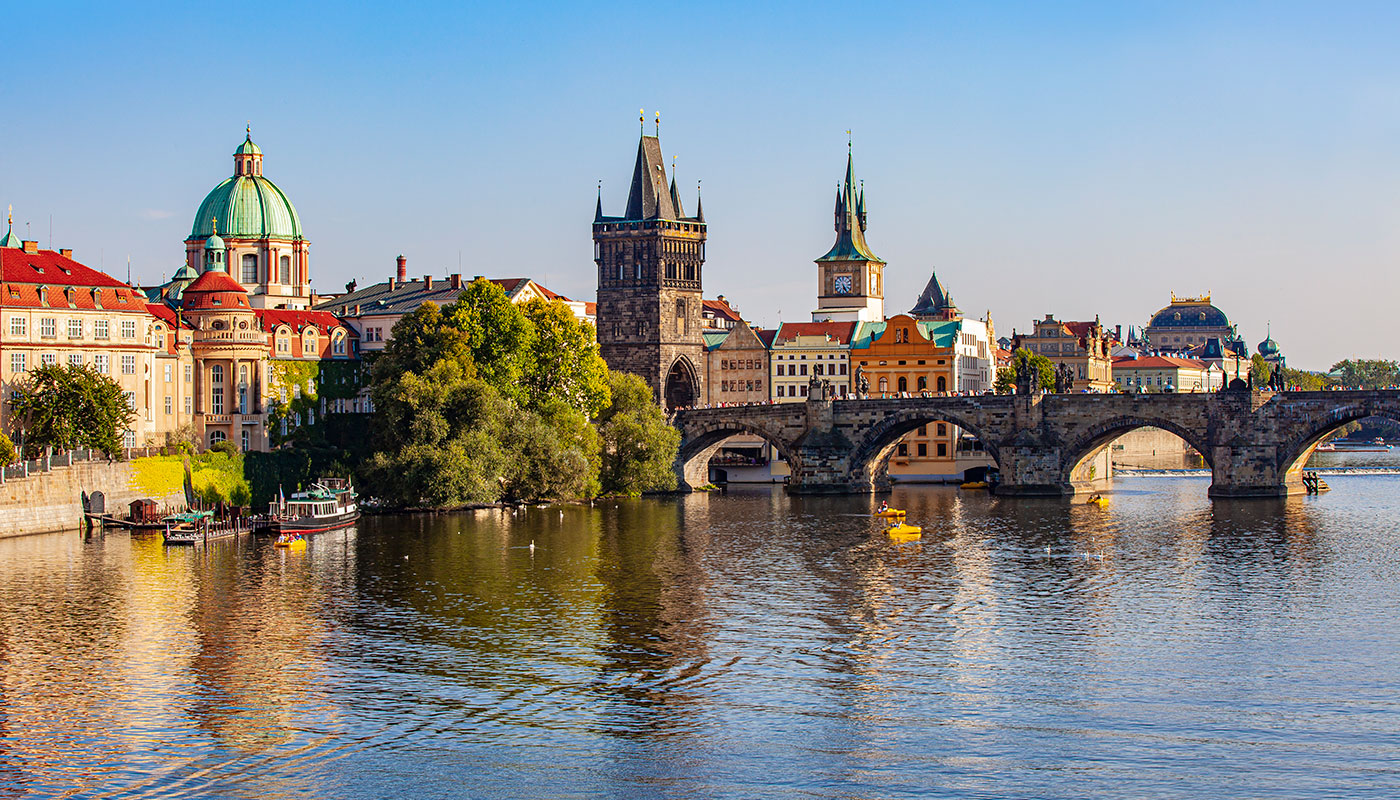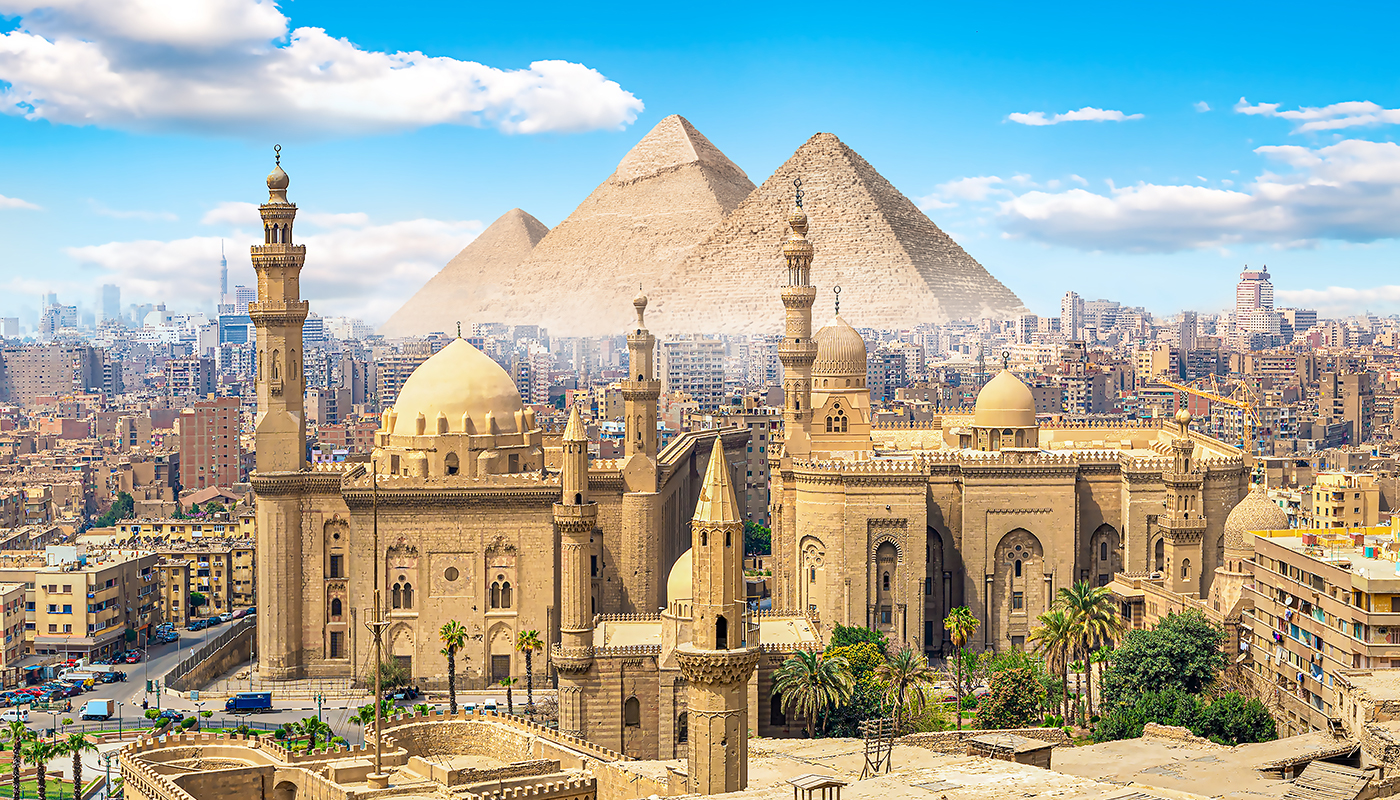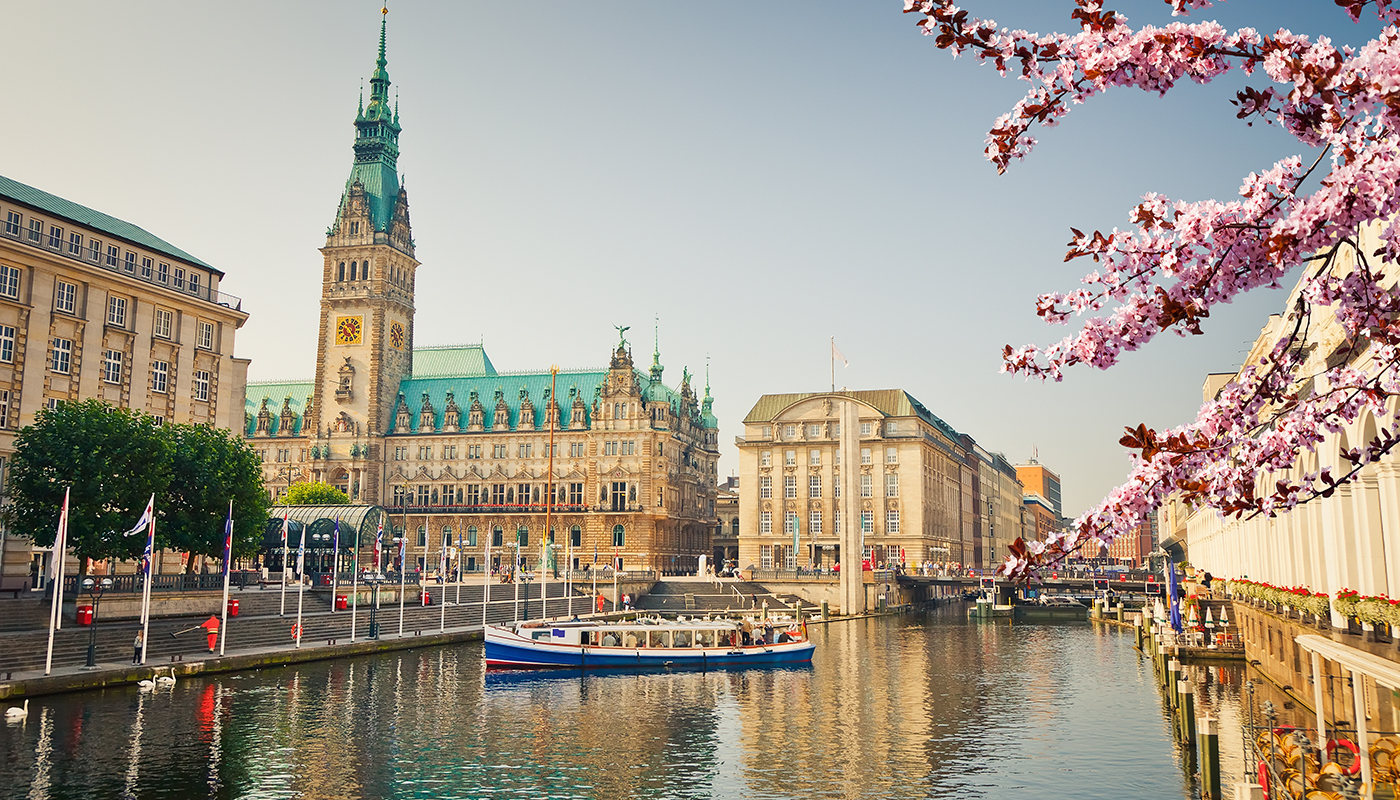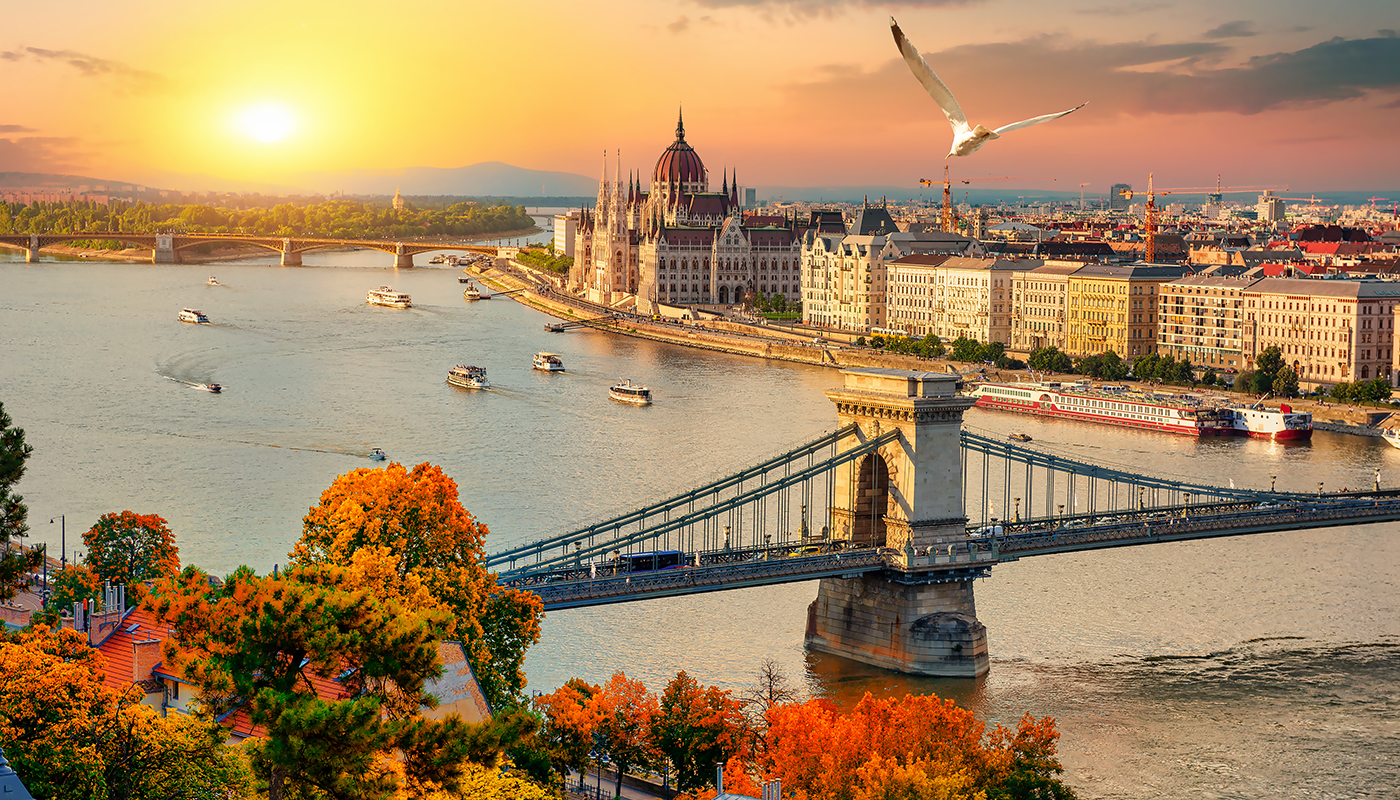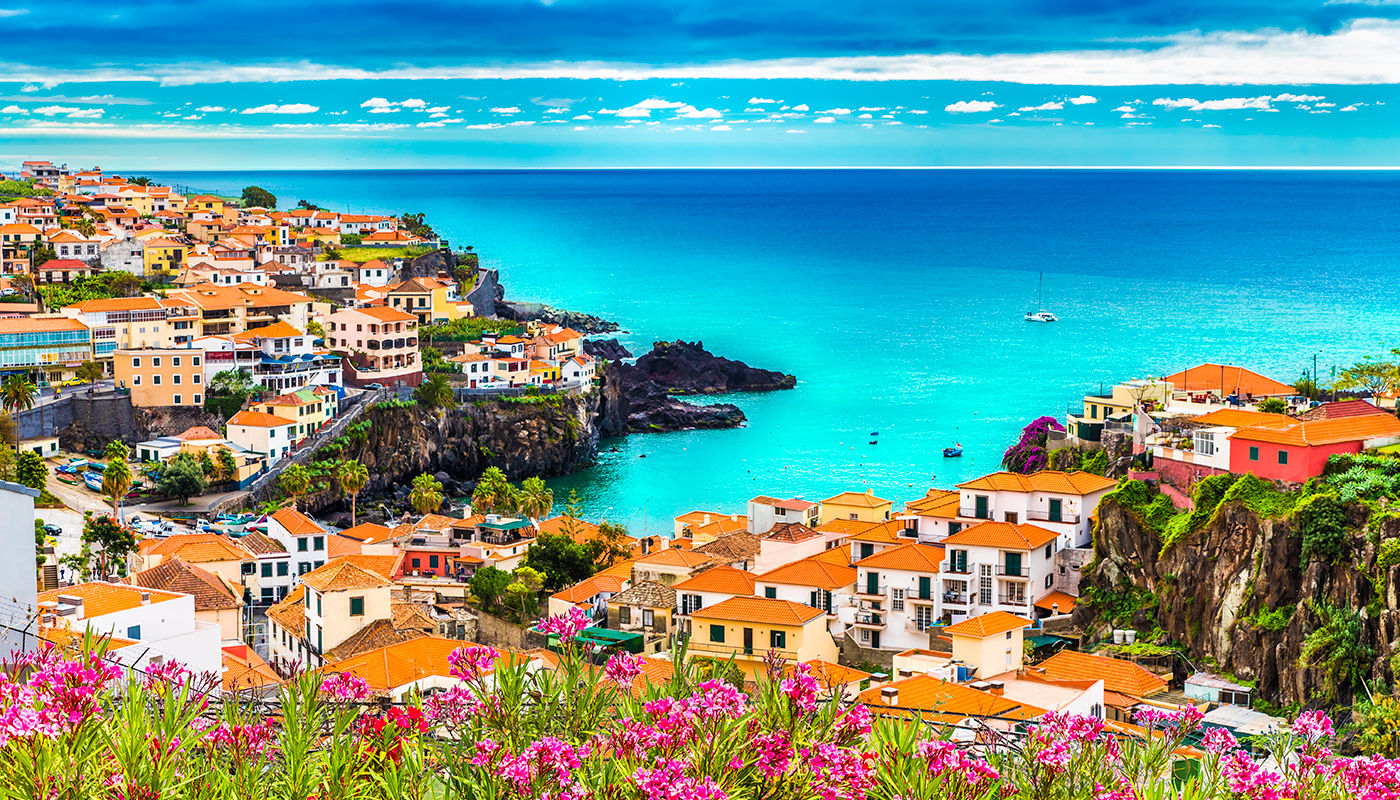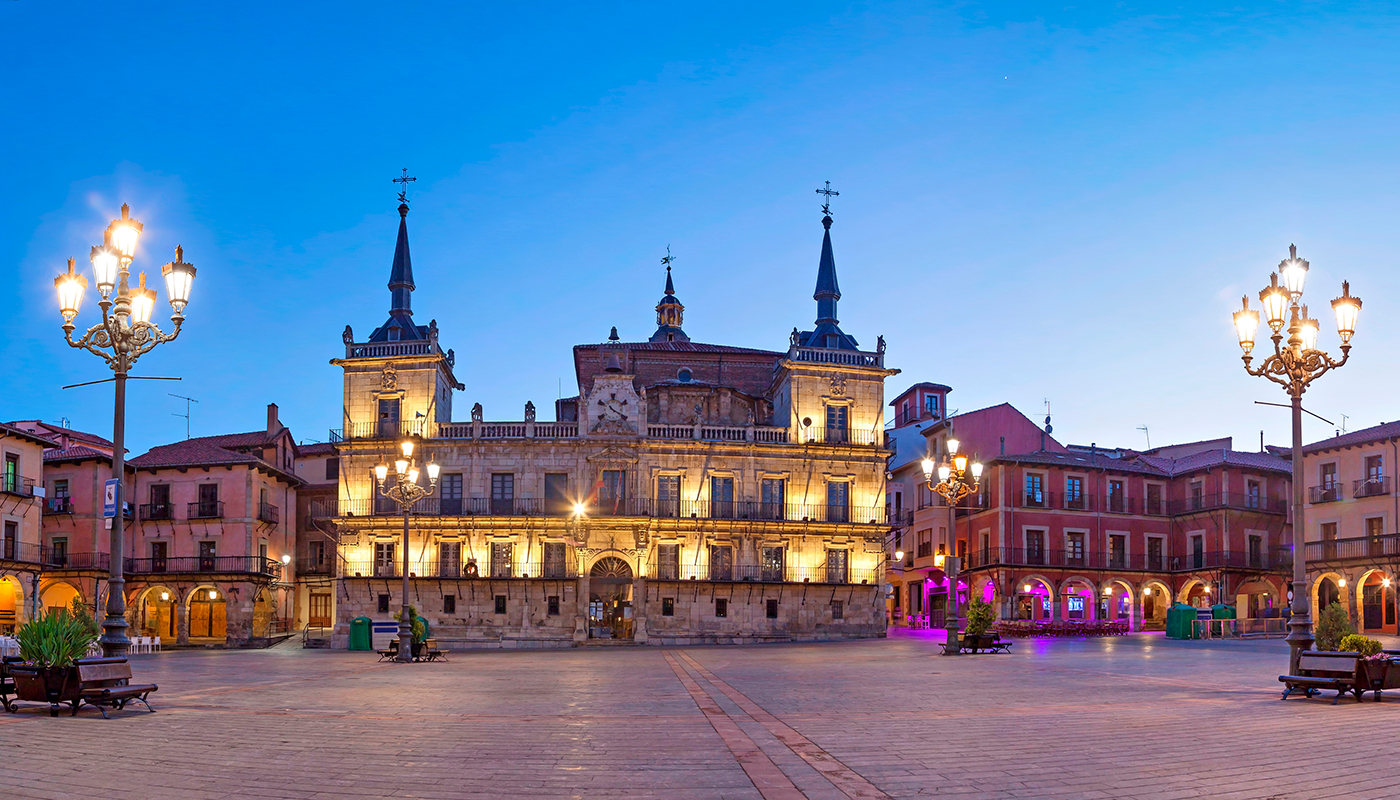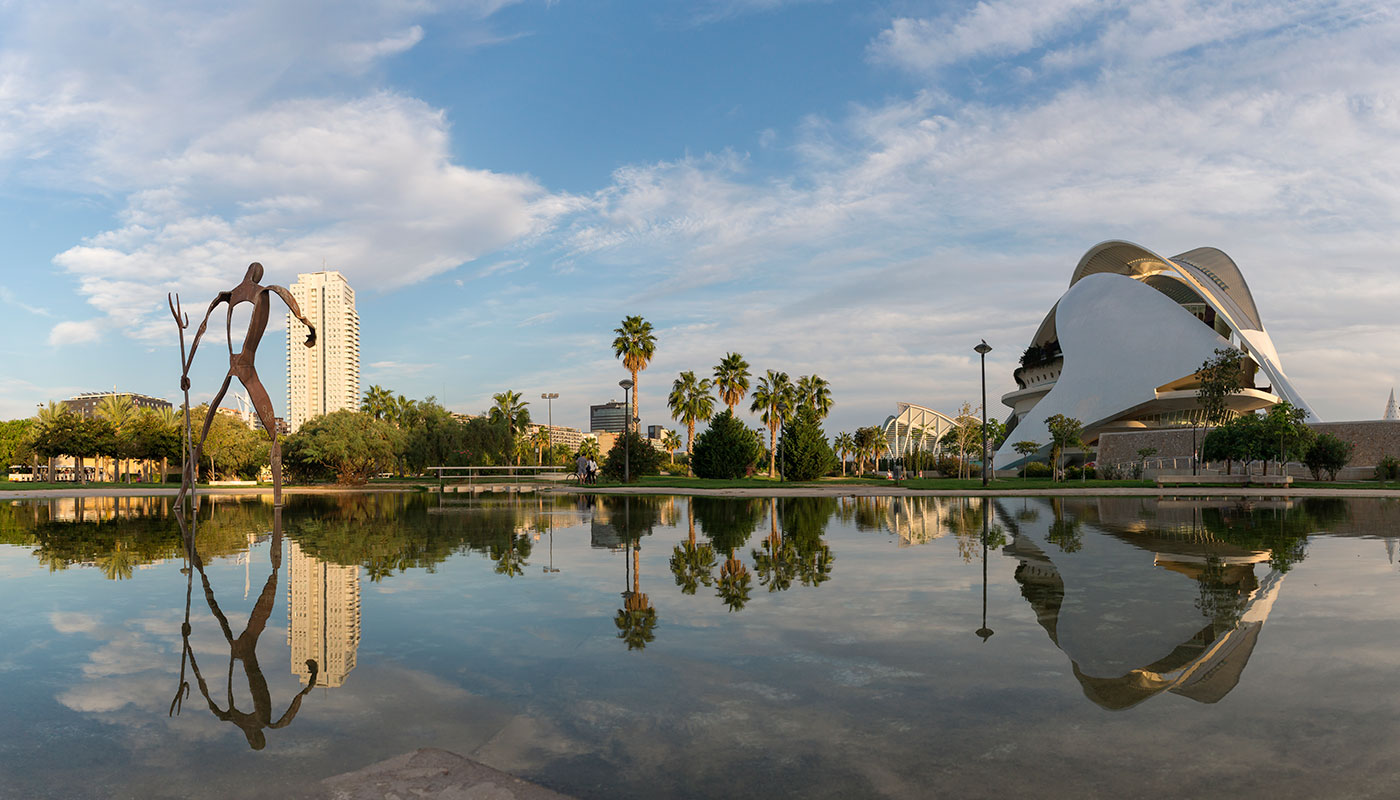Gaudí considered the late-19th century León to be the perfect place to explore with neo-Gothic architecture, which is one of the styles that excited him most.
He considered this to be an imperfect style, but the sheer magnificence of León Cathedral must have captivated this genius of the techniques that Gothic masters had tried to implement various times in this kind of structure.
When he was approached, Antoni Gaudí was a young architect who was just beginning to make his mark in the city of Barcelona. He was already working on the Palau Güell —the residence of his patron, Eusebi Güell— when the partners of a Catalan merchant based in León commissioned him to design a residential building in León.
The merchant in question was Juan Homs y Botines (hence the name of the building, Casa Botines), whose business partners were called Mariano Andrés González-Luna and Simón Fernández Fernández. They set out, as the Catalan bourgeoisie did in their own region, to balance modern artistic trends with optimal functionality at a time when the nobility no longer had any artistic influence and it was the entrepreneurs themselves who were taking the reins.
130 years after its construction, this seven-storey building, which is now owned by the Fundación Obra Social de Castilla y León, has been turned into a museum which houses paintings by great Spanish artists such as Goya, Dalí, Sorolla and Chillida. It also serves as a living example of how the initiative of a handful of entrepreneurs can transform the landscape of a city.
Casa Botines was the first building of its kind in León. In fact, it marked such a detachment from the prevailing architectural style that it broke the almost-medieval impression that León’s social and political leaders had of the city. In the decades following the construction of this modernist jewel, the city of León began to expand outwards into what is now known as the ‘ensanche’ (expansion district).
History and construction of Casa Botines
The history of Casa Botines is closely intertwined with that of its genius creator, Antoni Gaudí. The Catalan architect was very young when he was commissioned to leave his mark with this residential building. At the time, he was already working on two other projects located outside of Catalonia: the Episcopal Palace in Astorga and El Capricho in Comillas.
Gaudí was not yet 40 when he received a visit from Simón Fernández and Mariano Andrés, partners in Botines and owners of a textile warehouse and a bureau de change in León.
They needed a larger commercial area, spacious warehouses where they could store their abundant goods and large residences where the city’s bourgeois families could live on a rented basis. They sought both functionality and style, which would allow them to be seen on a par with the city’s nobility at a time of decadence.
The works did not begin until 1892, five years after contact was first made, but the opportunity to construct a residential building that would mirror some elements of Haussman’s renovation of Paris proved fascinating to Antoni Gaudí. He viewed Casa Botines as a new and exciting challenge.

The Catalan architect erected a seven-storey building that reflected the structure of the buildings of the Parisian bourgeoisie who, following the ideas of Napoleon III and the aforementioned Haussmann, would permanently transform the landscape of the French capital.
These structures would have a ground floor for business purposes and a basement for storage; a first floor as the owners’ residence; and upper floors as rental apartments.
Gaudí knew how to strike a balance between this French style and his own ideas and challenges, daring to use, for the first time, some of the structural innovations that made his works so characteristic. He would go on to include these same hallmarks in other projects such as Casa Calvet, Casa Batlló and Casa Milá.
He managed to combine decoration, symbolism and maximum respect for the functionality, comfort and habitability of the interior spaces, which he understood from a perspective of rationalism formed during his meticulous study of nature.
For more than 30 years, the building fulfilled the functions for which it was originally designed. However, in 1929, Casa Botines was purchased by the Caja de Ahorros y Monte de Piedad de León, which subrogated the rental contracts and installed its offices on the ground floor. By doing so, it managed to keep the essence of the stories alive.
In fact, its ground floor, where the bureau de change of Mariano Andrés González-Luna and Simón Fernández Fernández Fernández was installed, continued to be used as a bank until 2017, when the Fundación Obra Social de Castilla y León (FUNDOS) decided to convert Casa Botines into a museum and open it to the public for the first time.

Casa Botines Museum: what you can see.
The Casa Botines Museum houses part of the FUNDOS collection, which is made up of more than 5,000 works of art including paintings, sculptures and graphic works. More than 200 pieces of the collection are on display in this museum.
Some of the pieces date back as far as five hundred years, although the bulk of the collection corresponds to the 19th and 20th centuries. Pieces by the likes of Francisco de Goya, Joaquín Sorolla, Salvador Dalí and Eduardo Chillida are on display at the museum.
Most of the paintings were obtained thanks to the work of the provincial savings banks of Castilla y León, which began to acquire works from the early 20th century onwards as a way of making art available to everyone — and not just in the great museums of Madrid or Barcelona.
Paintings were acquired from all regionalist strands of Spanish costumbrismo, ranging from Joaquín Sorolla to José Vela Zanetti. Local heritage was also recovered through paintings and works dating back to the 16th, 17th and 18th centuries from a wide range of schools of art (Castilian, Valencian and Flemish) and contemporary artists who triumphed on the national and international stage, including Eduardo Chillida, Antonio Saura, Fernando Zóbel, Pablo Palazuelo, Antoni Tàpies, Luis Feito, Miguel Ángel Campano, José Caballero and the Equipo Crónica.
The collection also includes a sizeable holding of prints, including Goya’s Caprichos —of which the museum has an original edition— and the series that Salvador Dalí produced to illustrate Dante’s Divine Comedy.

Planning your visit
It is possible to take a guided tour by an art expert around Casa Botines. Not only will you learn interesting things about the museum’s collection, but you will also learn secrets and stories about the style and history of the building. The tour will take you up to Gaudí’s rooftop terrace and tower, granting different perspectives of the city of León.
There is also a novel, alternative way to visit Casa Botines: through the medium of theatre. This dramatised representation featuring characters linked to the history of this iconic building explains the story behind Casa Botines, paying particular attention to the family saga that led to its construction. The text that is dramatised includes quotes from Gaudí himself, which serve to shine a light on his ingenuity. In this format, visitors also have access to the collection and tower.
Where to stay in León
One way to feel as if you are sleeping in Casa Botines is by booking a room in the Occidental León Alfonso V, which is a mere stone’s throw from Gaudí’s masterpiece. The architecture of this hotel is striking, since it has an impressive interior dome that rises from the reception all the way to the eighth floor. The Occidental León Alfonso V has 62 cosy rooms and serves exquisite breakfasts.
Another option is to stay at the Barceló León Conde Luna, which is located in the beating heart of the city. It has 136 bright and fully-equipped rooms and provides a meticulous breakfast buffet service, allowing guests to start the day in the right way. This hotel is a gastronomic reference point, as it houses two of the city’s most highly regarded restaurants: Nimú Azotea, which is located on the hotel’s tenth floor, and Casa Mando.







